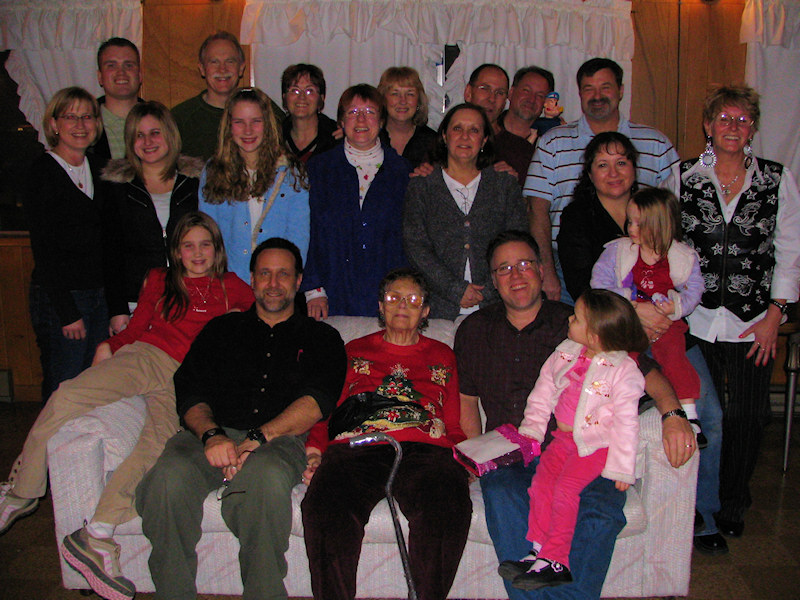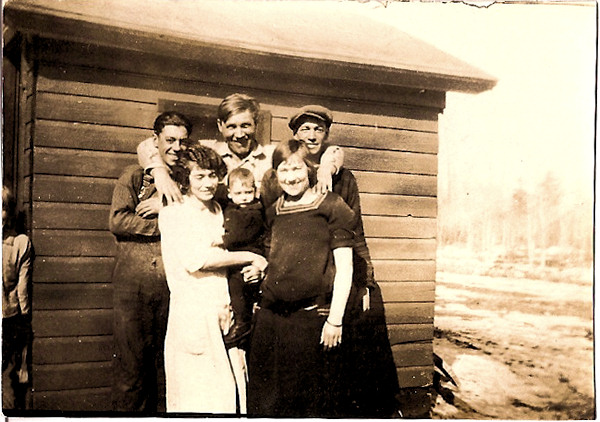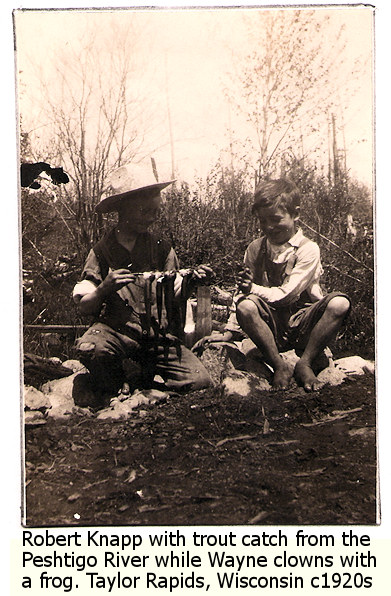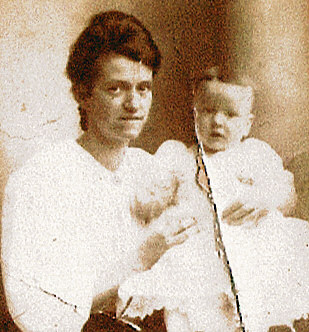Scientific American reports “Genomic ‘Time Machine’ May Pinpoint Divergence of Human and Neanderthal” in a recent issue. According to the article, a short, fossilized femur from a 38 year old Neanderthal, found in a museum in Croatia, may become a part of the first genome sequence of the Neanderthal.
According to Rubin, the sequences provide the beginnings of a “DNA time machine” that will help update anthropological inferences about human and Neanderthal populations. Among the lingering questions is whether the two populations intermixed after humans migrated out of Africa and encountered Neanderthals in Europe 30,000 to 40,000 years ago. (Just this month two studies, from Washington University in St. Louis and the University of Chicago, suggested that indirect evidence from human DNA indicates intermingling occurred.) Both Rubin and Pääbo report finding no evidence of mixing. “We don’t exclude it,” Rubin says. “Clearly, as we go further into the future and read more, we may see evidence of that.”
Erik Trinkaus, a physical anthropologist and lead author of the Washington University study, believes Rubin’s and Pääbo’s results do not preclude his hypothesis. He says that there are two different questions regarding population mixing: Did it occur 40,000 years ago? And, do 21st-century Europeans carry distinctively Neanderthal genes? “They are attempting to answer the second question and make a statistical inference back to the first question,” Trinkaus explains.
Fascinating! We get so caught up with the idea of DNA testing being important to family history, but the doors it can really open lead much further back in our past.
Most Recent Articles by Lorelle VanFossen
- The Myths and Mysteries and Hunt for Nicholas Knapp
- The Perpetual Calendar
- GenSmarts: Reminder to Not Assume
- Gensmarts Saves Your Family History Research Life
- Digging Through Historical Newspapers Online





